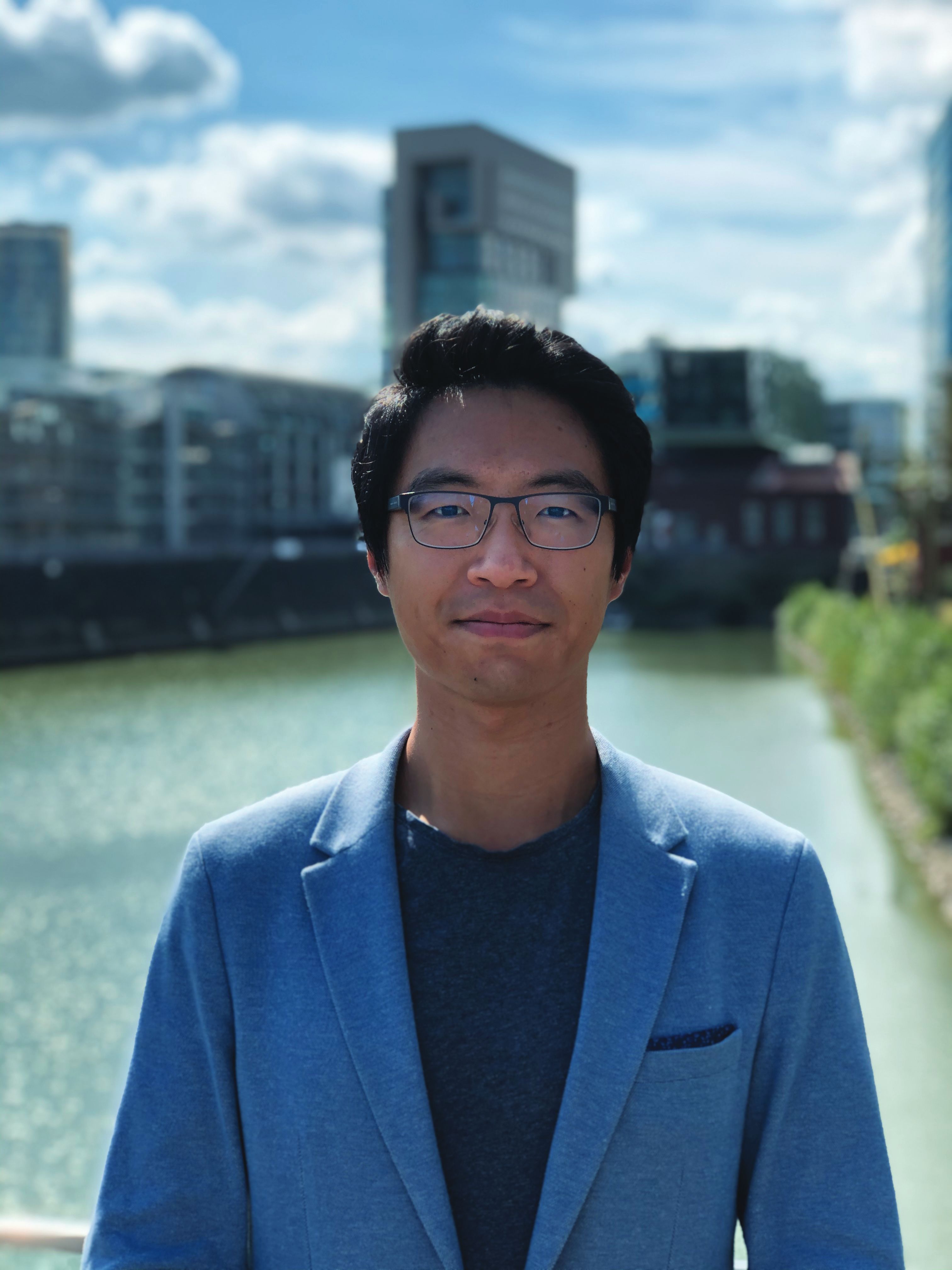Discovering the best teaching style for happy students - MCAA Magazine March 2022

Parents and academics have long sought to discover which teaching style is best for happy, well-educated, inspired students. By observing classrooms and conducting interviews with focus groups at secondary schools in Helsinki, Paris and Tokyo, researchers are hoping to shed new light on best practices that can help students across the Board thrive happily.
The EU-funded EduWell project – short for Wellbeing of Youths in Secondary Schools: A Comparative Analysis of Teaching Styles and Happiness in Japan, France, and Finland – is studying the relationship between different classroom teaching styles and youth wellbeing. To achieve its goals, countries were selected based on their varying teaching styles: a more hierarchical teaching style in France, a more participatory one in Finland, and a hybrid style in Japan.
Zi Wang, in his own words
I am a Marie Curie Fellow currently based at the French Research Institute on East Asia (IFRAE) in INALCO, Paris. I am the principal investigator of the project Education and Wellbeing of Youths in Secondary Schools: A Comparative Analysis of Teaching Styles and Happiness in Japan, France, and Finland (EduWell). Prior to this position, I completed a research project on Language, Migration and Happiness in Germany, funded by the German Research Foundation. I hold a PhD in sociology and Asian studies and am active in the fields of area studies, education, migration, wellbeing, and youth.

Zi Wang, the project’s lead investigator and Marie Curie Fellow currently based at the French Research Institute on East Asia (IFRAE) in INALCO, Paris, shares his insights on the project.
How did you come about with the idea to perform a comparative analysis of teaching styles and how do these correlate to secondary students’ feelings of wellbeing?
With the demographic change, youth today will have to shoulder greater responsibilities and burdens in their adult years compared to those from one or two generations ago. This is a common problem in the developed world.
There are numerous studies and reports documenting how schools prepare youths in gaining knowledge and skills for tomorrow’s society. In comparison, we still know relatively little about how schools influence, or promote, students’ subjective wellbeing in the education process. This is a crucial topic as the happiness of youths in schools goes a long way in influencing later-stage wellbeing and achievements in adult life.
What are some of the reasons you chose these three countries to compare?
I adopt comparative perspectives from European and East Asian case studies in most of my research as I enjoy examining similarities and differences. The education systems and school contexts in Japan, Finland and France represent a constellation of different patterns regarding teaching methods. Do they have a role to play in students’ academic and above all wellbeing outcomes? In addition, when we analyse wellbeing, it is important to incorporate multiple case studies across continents to discern potentially different (or similar) understandings of wellbeing and satisfaction with life.
What are some of the challenges you’re facing and how are you overcoming them?
This study requires a lot of fieldwork for data collection: interviews with students and teachers, educators and parents, observations of classroom teaching, etc. The biggest challenge is the disruptions due to COVID-19. For instance, the borders of Japan (the single most significant case study) are closed to foreigners for most purposes, including research. In Europe, we also do not know if schools will be shut again. This is daunting. Hence, for now I am analysing secondary data available online (policies documents and surveys) and designing online interviews with educators, while hoping the situation improves in 2022.
Vanessa Alexakis
MCAA Editorial Team